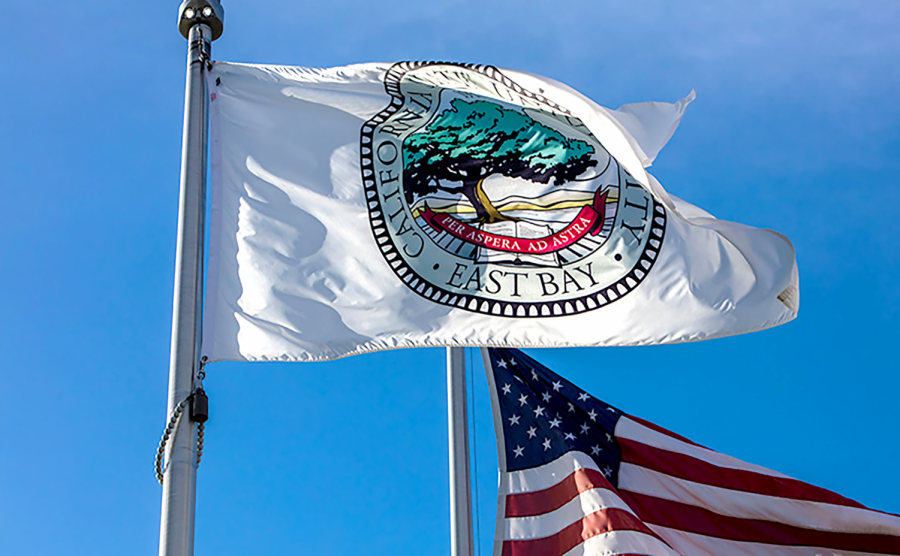
This past month was declared the fourth warmest July on record, despite lower reports along the Pacific Coast, according to National Oceanic and Atmospheric Administration (NOAA) climate recordings.
The record heat temperatures surpassed many daily and monthly temperature records during the day as well as the night.
This summer’s heat wave, centered around the Midwestern states of the country, also caused lower than average precipitation and an increased drought footprint in Central and Southern United States.
The study reported an average U.S. temperature of 77.0 degrees Fahrenheit in July—2.7 degrees above the long-term average—and an average precipitation of 2.46 inches, 0.32 inches below the previous average. It also resulted in the “largest ‘exceptional’ drought footprint” in the last 12 years, according to the study.
These changes in averages confirm earlier reports of higher normal temperatures, as released by an NOAA study earlier this year.
This heating trend does not seem to be affecting the West Coast in as much detail. According to NOAA records, the West Coast experienced wetter than normal conditions.
California had its fifth wettest July on record, while states such as Texas and Oklahoma had their second and ninth driest, respectively.
This summer’s climate recordings were similar to reports conducted during past summers.
According to temperatures recorded by NOAA last summer, none out of the 54 weather stations in California recorded breaking average day and night temperatures, though a station reported one of the top five hottest nights in California’s history.
The Pew Center on Global Climate Change published a report this June explaining how this year’s extreme weather shows the country’s vulnerability to climate change.
The report explained that more instances of extreme weather, like the heat wave experienced this summer, will happen with increasing frequency over upcoming years.
“The extreme weather that the U.S. has experienced in 2011 should cause all Americans, and especially our elected leaders, to think long and hard about the risks posed by climate change, and about what we can do to minimize those risks,” said Eileen Claussen, president of the Center.
“We need to move past asking whether extreme weather is caused by climate change and start figuring out how to protect ourselves in a future when these events become both more severe and more common,” continued Claussen.
The National Resourced Defense Council (NRDC) cites Californians as having greater exposure to public health threats such as heat-related sickness, air pollution, and water scarcity due to rising temperatures.
The state developed a Climate Adaptation Strategy in 2009 to combat the negative effects of climate change, citing air pollution, extreme heat, infectious diseases, drought and flooding.
Although a couple of years old, these provisions have been and will continue to limit the harmful effects of rising temperatures.











